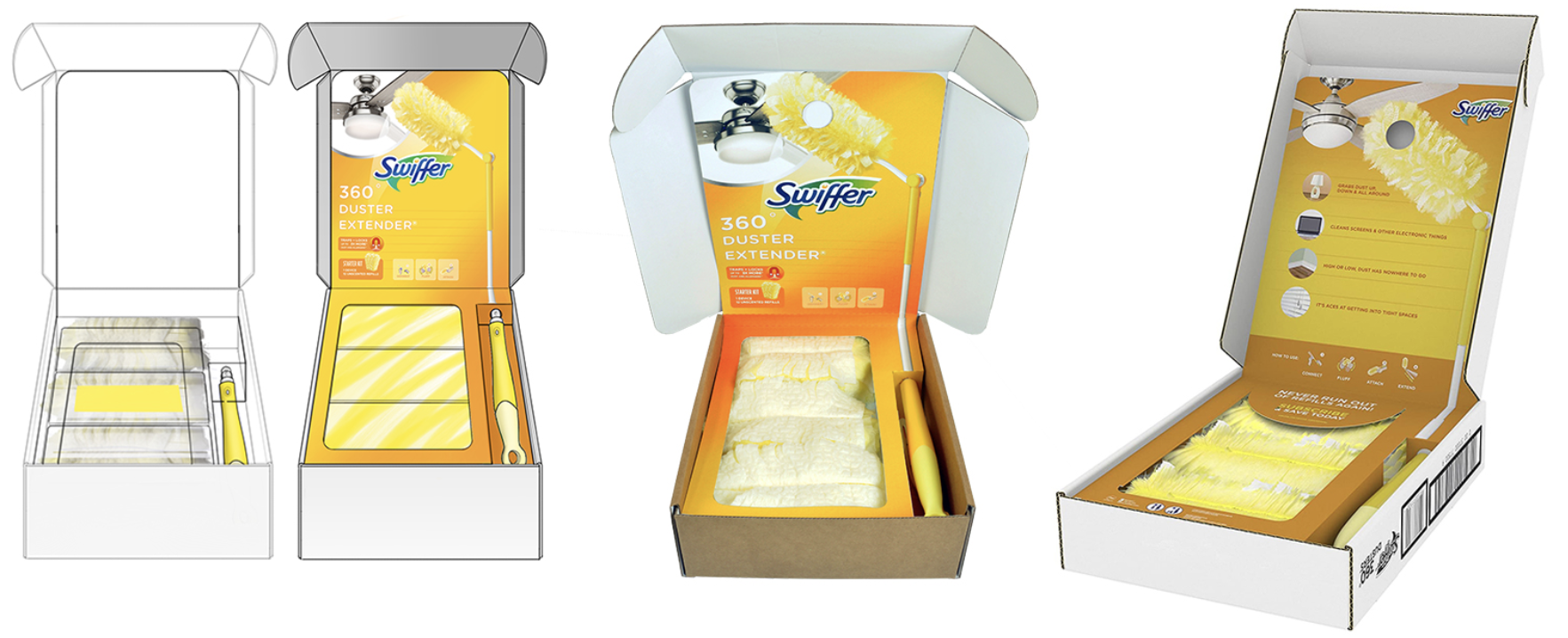This guest post written by Ben Gage, COO of Diversified Business Resources, Inc (www.dbrfactors.com). You can contact Ben by phone at (760) 738-1400 or by email at ben@dbrfactors.com
Every day, its gets harder and harder for a small retail business to make money. With ever-increasing expenses and constant pressure from online companies and larger competitors, effective management of cash flow can make the difference between success and failure. Fortunately, there are several steps every retail business can take to increase cash flow and reduce losses and this comes in the form of a part-time cfo
and some other useful tips; and in this article we will discuss six simple tips that will put more money in your pocket.
Tip #1 – Keep Complete and Accurate Financial Records. Maintaining complete and accurate financial records for your business is an absolute requirement. The easiest way to do this is through use of a proven small business accounting software program like QuickBooks®. Having accurate financial information allows a business owner to have immediate access to their income and expense; determine if large expense items such as payroll are within reasonable ranges; know when accounts receivable are getting too old and tell which parts of the business are not profitable.
Tip #2 – Use a Point of Sale (POS) System. Designed to integrate a cash drawer, bar code readers, credit card acceptance and receipt printers with all brands of computers, most POS systems will work with standard off-the-shelf business accounting systems. The greatest benefit provided by a POS system is the moment-to-moment ability to track inventory. The sorts of pos systems in Perth and elsewhere that are available will put businesses in good stead to optimize their processes. With every item you sell, whether in a store or through an e-commerce website, the inventory of each product is automatically adjusted. According to a recent study by Intuit, a good POS system can lower expenses related to overstocked products, lost sales and inventory management by as much as 10% of gross annual sales. For example, if you run a restaurant business and want to know how to effectively grow your business, you could look into Restaurant POS Systems to help provide insight into beneficial features these tools can offer, in order to accommodate change within your business. For a business generating $500,000 per year, this means a $1,500 investment can return $50,000 per year in additional bottom line profits.
Tip #3 – Effective Accounts Receivable Collection. The timely and effective collection of accounts receivable (AR) is vital to the success of any business. An effective AR collection process consists of the following elements:
Documentation – Effective AR collection requires easy access to all documents needed to verify the terms of an order, delivery, charges and payment.
Invoicing – Although most companies use standard form invoices, it is important each invoice you send a customer contains all of the information required for an accounts payable (AP) clerk to understand what payment is required and when it is due.
Follow Up – Within 5 days after sending an invoice, a follow-up call or email should be sent to the AP department to assure that the invoice was received and there are no issues that will hold up payment.
Prompt Resolution of Issues – Any issues raised by a customer regarding payment of an invoice must be immediately resolved. The goal here is to quickly satisfy the AP clerk so the invoice does not get put in a “hold” status.
Settlement – If a customer has any valid issues that are holding up payment of an invoice, a settlement needs to be quickly reached so the reduced invoice amount agreed to can be quickly paid.
Tip #4 – Pay Special Attention to the Big Items. Every business has a few big cost items that can make up more than 70% of their monthly expense. For most retail companies, this can include payroll, rent, inventory and insurance. Because a failure to properly manage any one of these big issues can threaten the entire business, as detailed below it is essential each one is properly managed.
Payroll – Labor costs are often one of the biggest expense items for any small retail business. In addition to the cost of salaries, payroll taxes and the cost of employee benefits must also be included.
Rent – Most retail locations will pay for much more than just their premises as rent. Included in rent can be the tenant’s pro-rata share of costs related to common area maintenance, parking and other expenses such as property taxes, property insurance and many other expenses the landlord may incur for the maintenance and repair of the premises.
Inventory – The careful tracking and management of inventory can prevent unnecessary expenses resulting from inventory that does not sell and must be liquidated; or lost income due to shortages of products that are in demand.
Insurance – Various forms of insurance can represent a big expense for a retail business. Because of the competitive nature of the insurance business, the owner of a small retail business would be wise to do comparison insurance rate shopping at least every 2 years.
Tip #5 – Review Credit Card Service Fees. In addition to regularly getting comparative quotes for insurance coverage, all small retail companies that accept credit cards should regularly review what they are paying for credit card service fees. Like insurance companies, credit card processing companies operate in a highly competitive market and the technology for processing credit cards is constantly changing. If your current company is not able to be competitive in the services they offer or the fees they charge, it is best to quickly make a switch.
Tip #6 – Have Financial Resources. At some time, every business will experience a cash flow shortfall. Whether this is caused by an emergency, delayed payment of a large receivable, fluctuations in income or expense, you lost money as someone hurt themselves and you didn’t have a policy in place to protect you (you can get public liability insurance from Tradesman Saver) or a new business opportunity, every small retail business should have financial resources in place when the need arises. A good way to be ready for a cash flow shortfall is to have financial resources that are immediately available for your business. One of the easiest and most available forms of business funding is asset-based financing. With asset-based financing, the accounts receivable of your business are used to provide purchase order funding, a business line of credit, short term loans and letter of credit financing.
Extra – Cash Flow Planning Tool. To help all owners of a retail business to better manage the cash flow of their company, attached is a Cash Flow Spreadsheet we have adapted from one that SCORE created years ago. By plugging in the actual income and expense numbers for your business, you will have a powerful tool to evaluate the cash flow ups and downs of your business and plan for future cash flow shortfalls.
How SIOC Packaging Is Transforming E-Commerce and Driving Sustainability
On May 7, 2025, it was World Packaging Design Day, an important topic to highlight...



